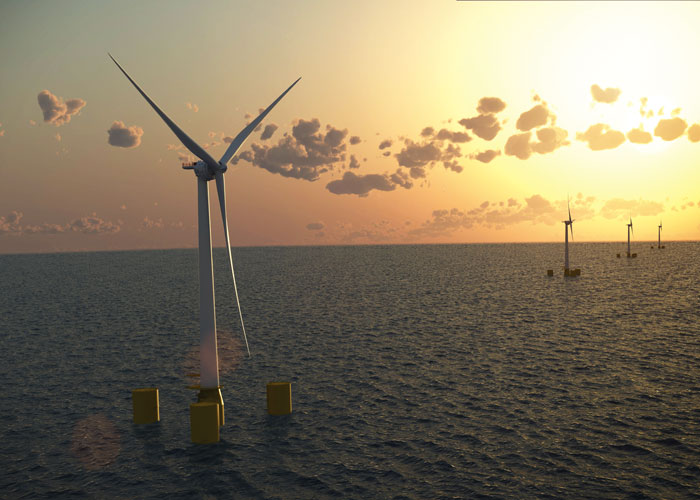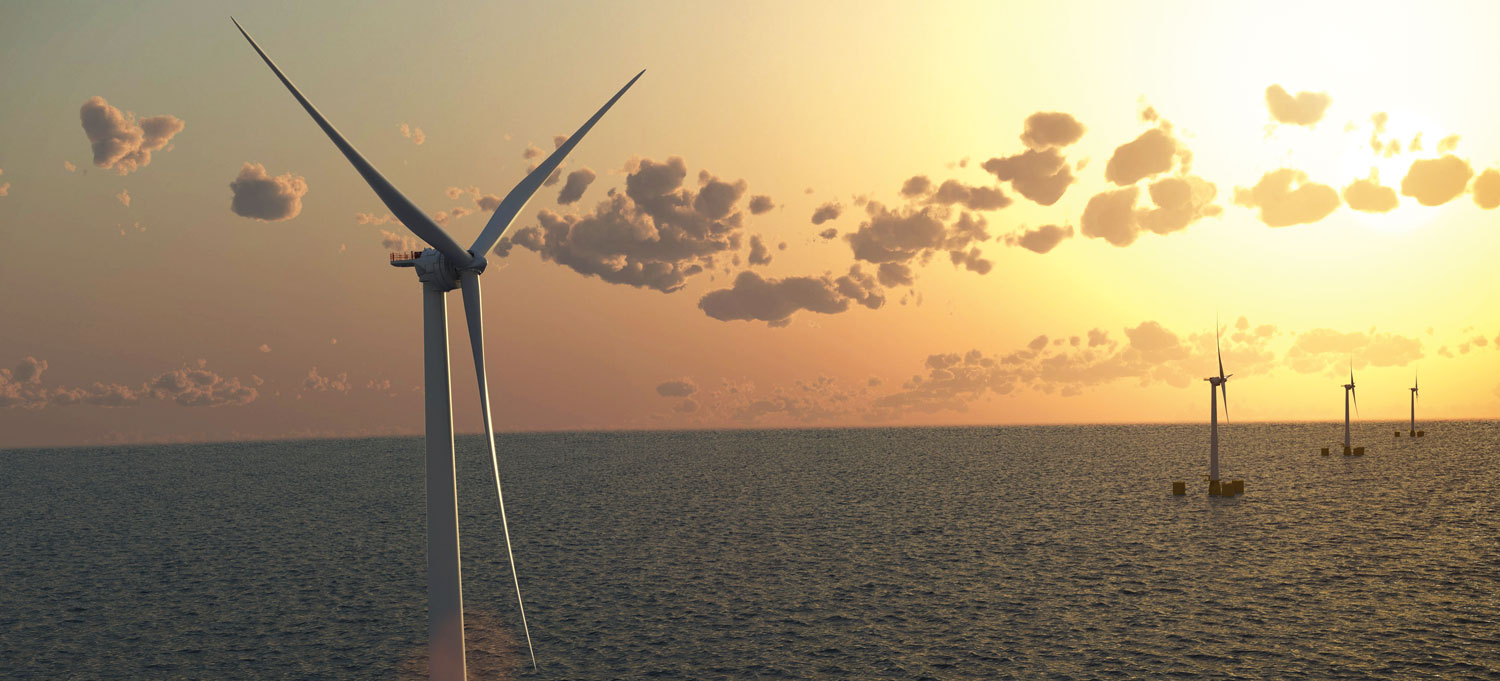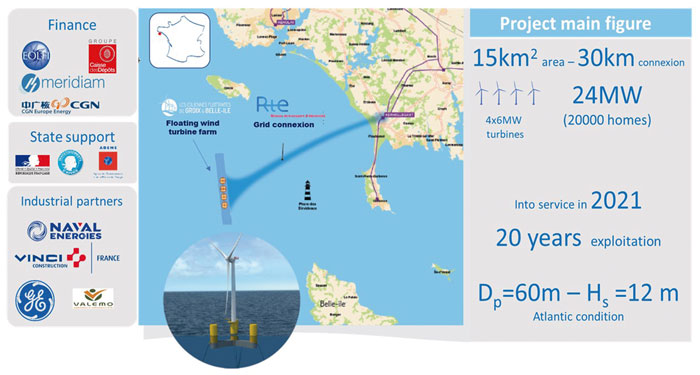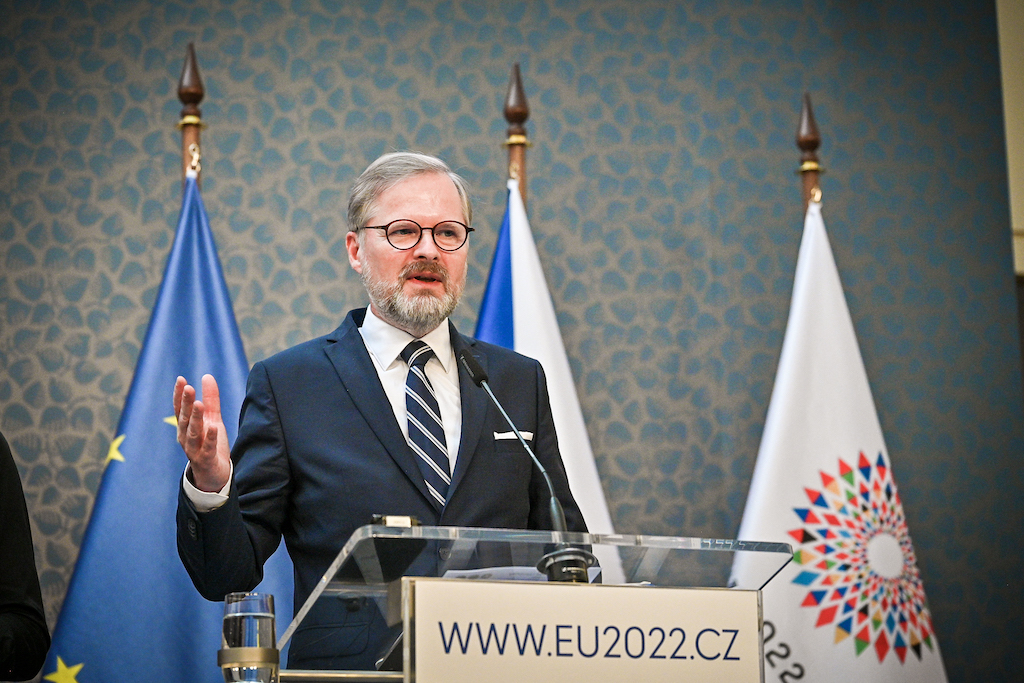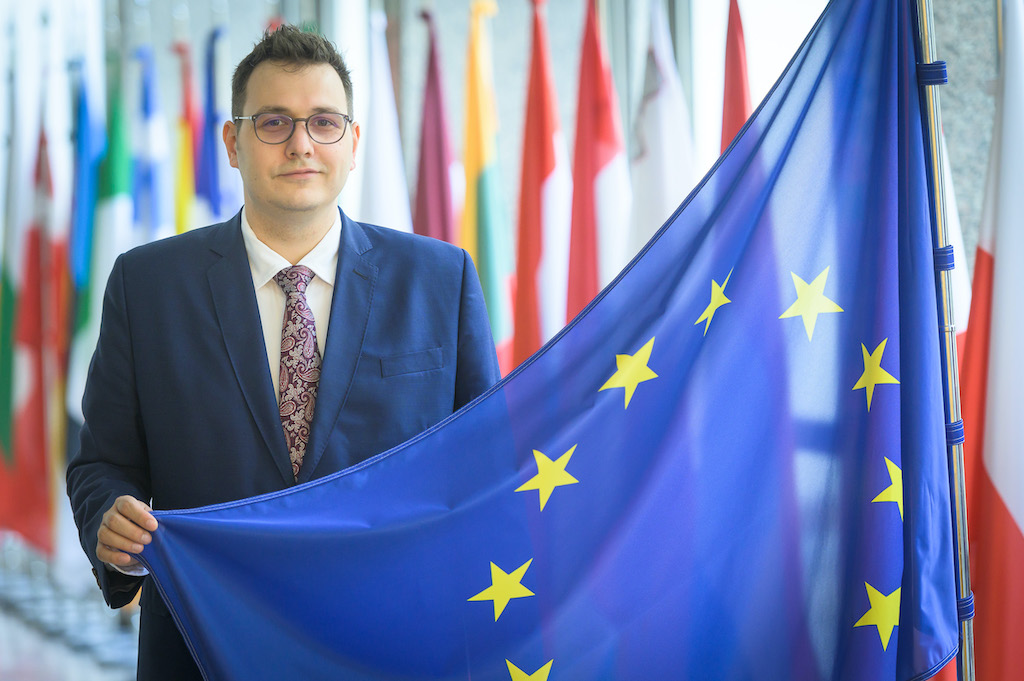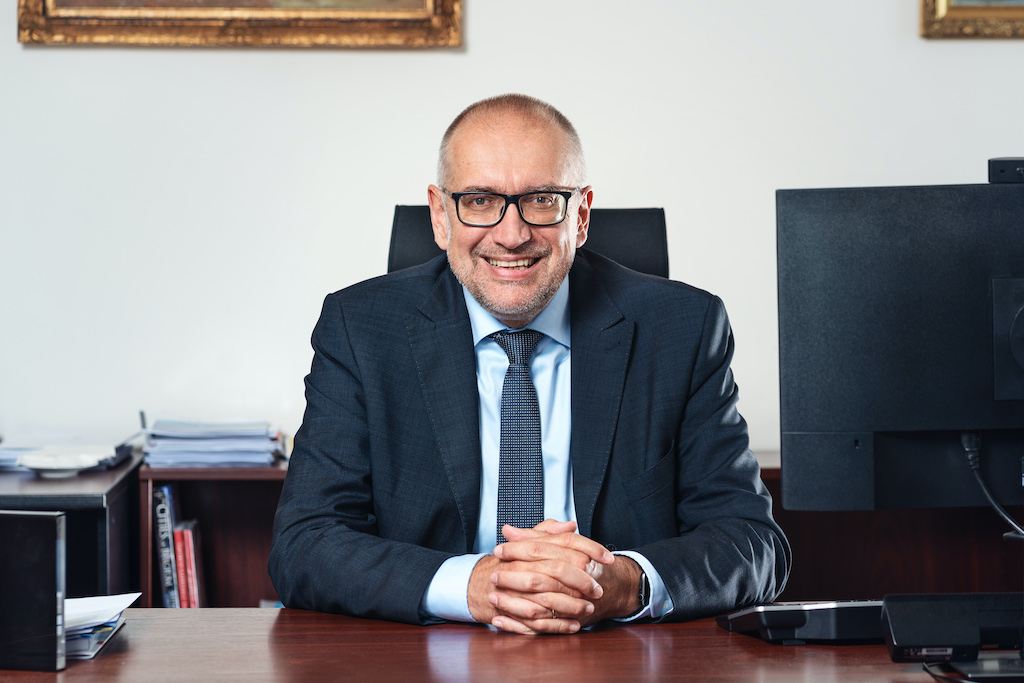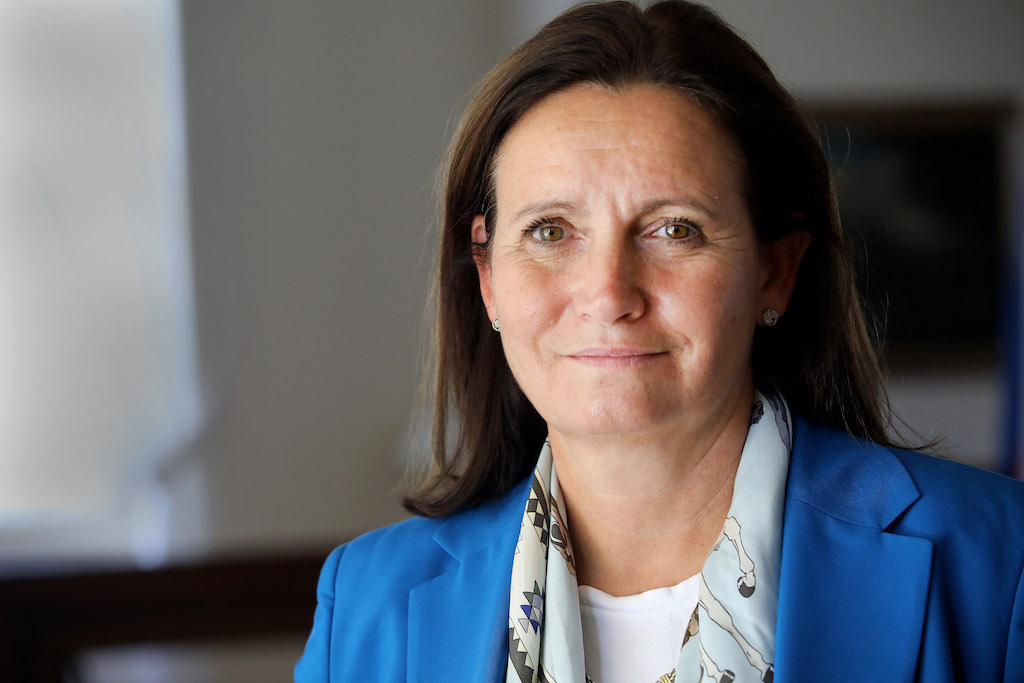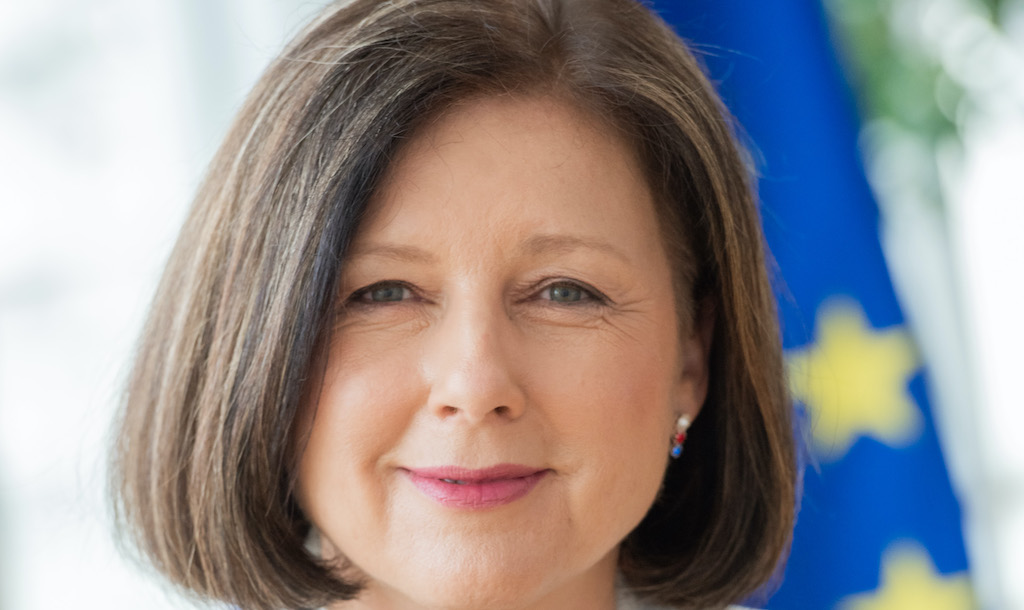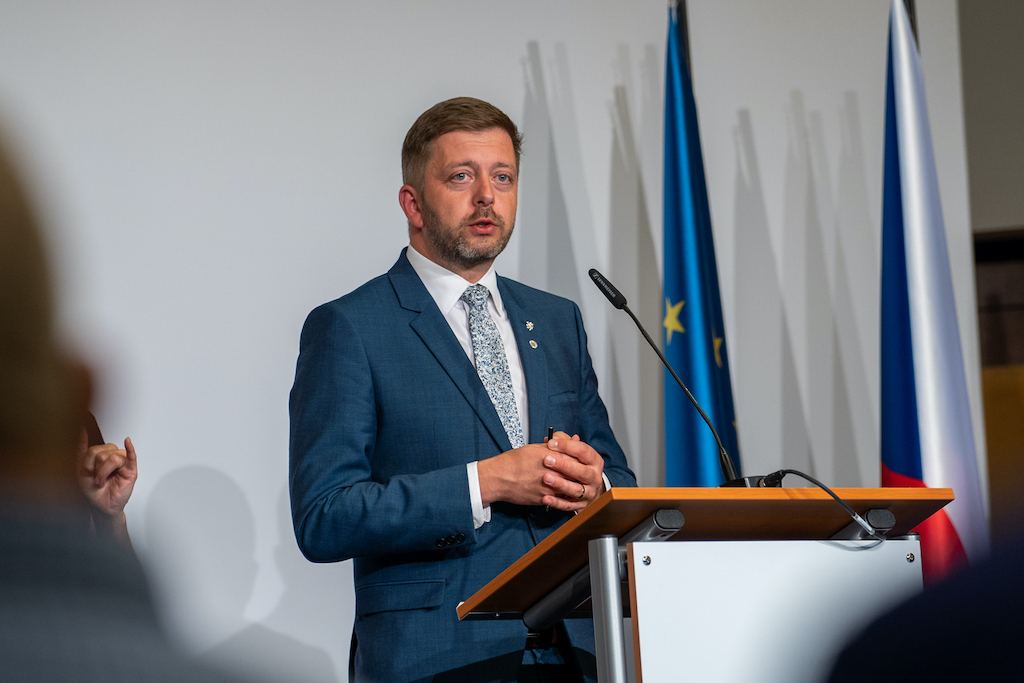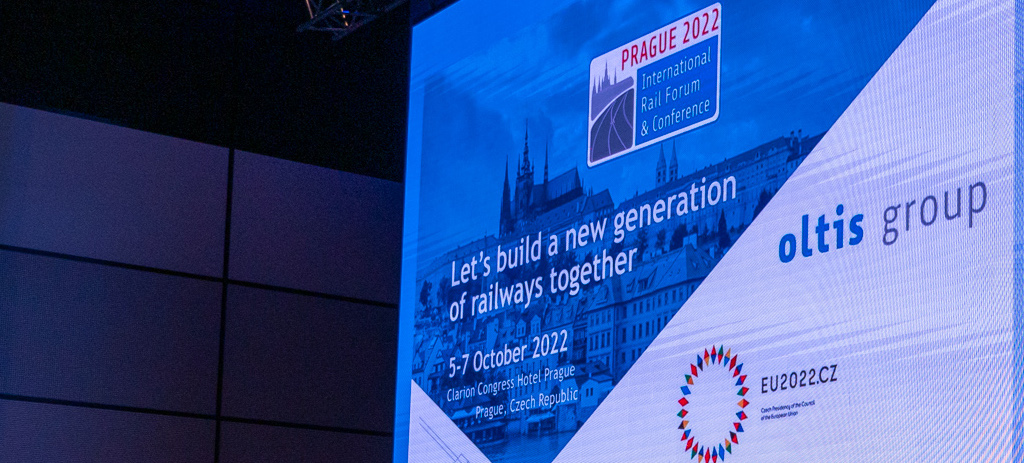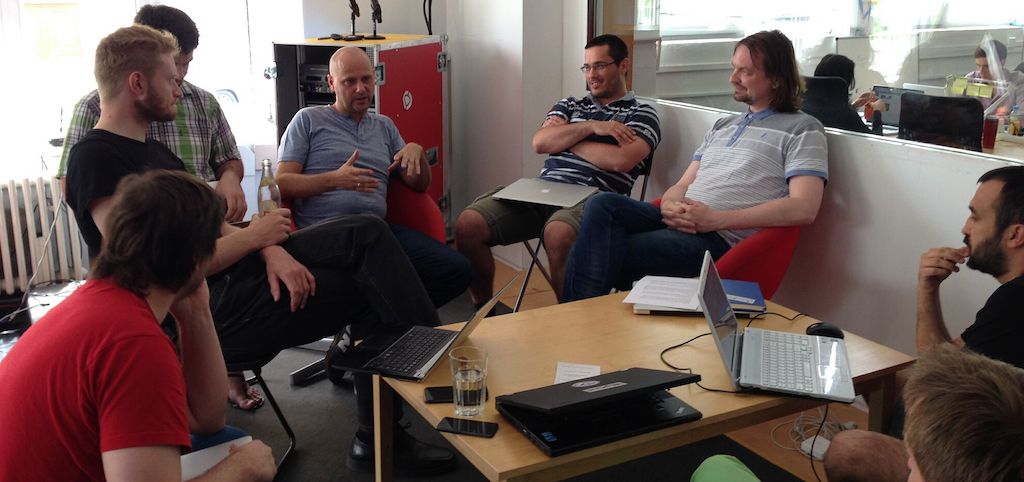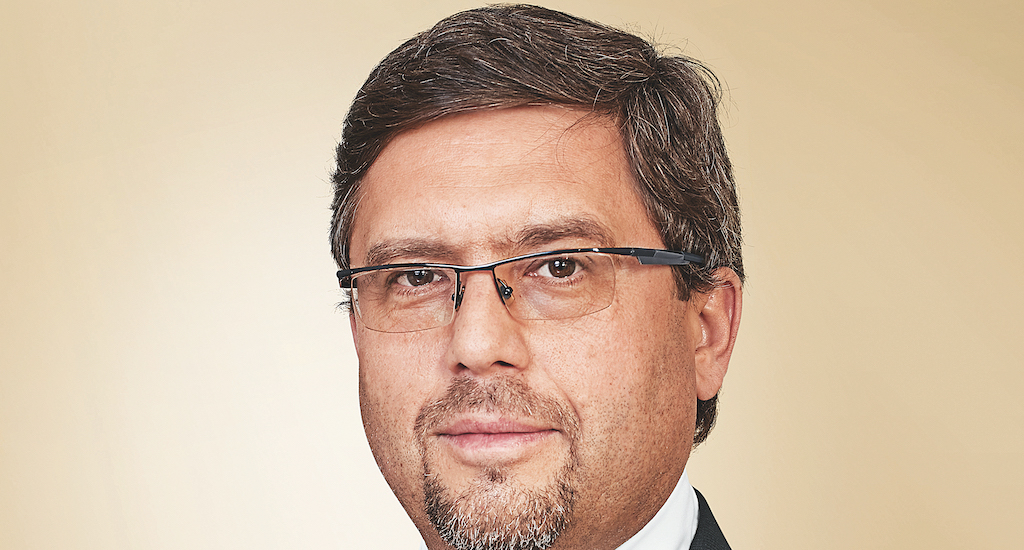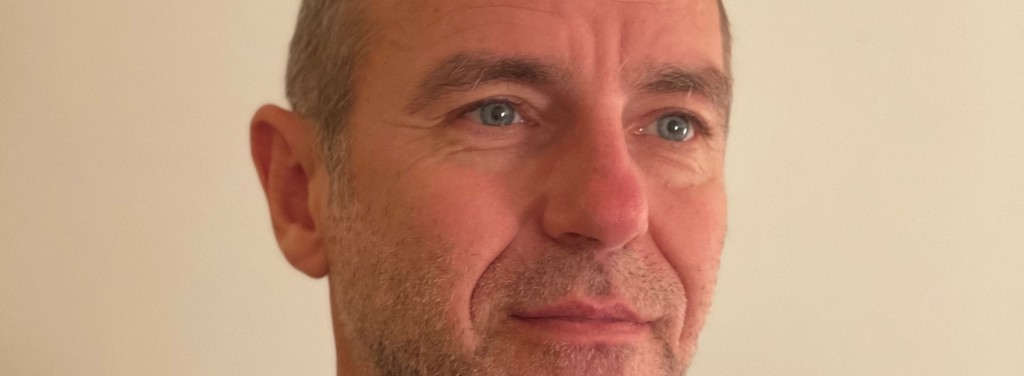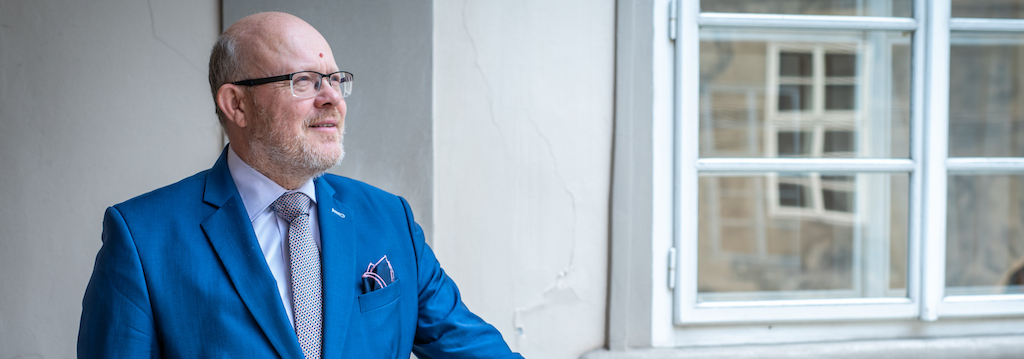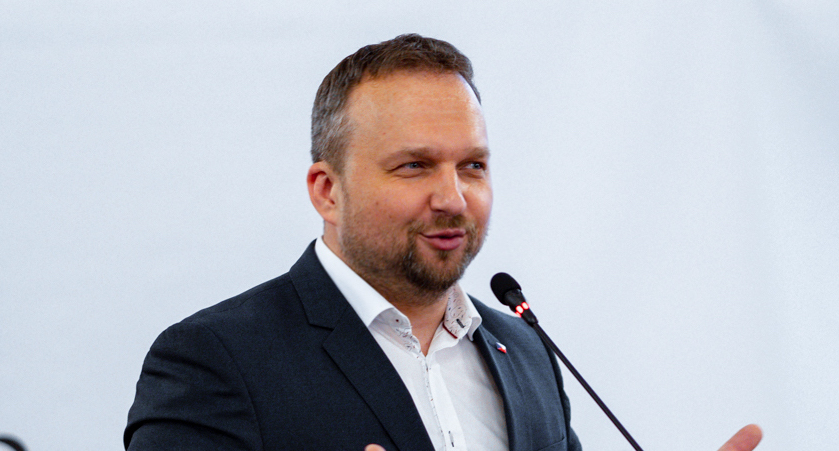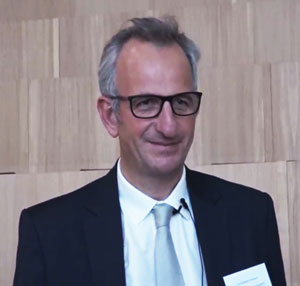 JGDE. You are Development Manager West for EOLFI, can you present us the company, your national and international positioning, your development sites?
JGDE. You are Development Manager West for EOLFI, can you present us the company, your national and international positioning, your development sites?
EOLFI is a French SME, developer in the wind and solar energy since 2004. From 2011, its discerned in floating wind a real opportunity to meet the energy challenges of the planet. This emerging technology will enable the development of offshore wind at depths greater than 50 m and thus increase the number of accessible areas for offshore wind. It will be possible to install future parks further offshore, with stronger winds and reduced use stakes. Eolfi focused on two countries particularly concerned by this new technology: France and Taiwan.
JGDE. What are the challenges of marine wind power in France and internationally?
More than 70% of the planet is covered by oceans and more than 70% of the world’s population lives close to the coast. The sea will play a major role in tomorrow’s climate challenges and meet the obligations of the COP 21. At sea, the wind is stronger, more stable, more frequent and more predictable. Fundamental advantages to anchor this intermittent energy in a logic of energy transition. France is late. Where northern European countries already install dozens of wind turbines each year, France will install its first commercial park by 2020.
Aware of this delay, France has begun a turning point in recent years to simplify its administrative procedures and accelerate the development of floating wind. With the deep Mediterranean Sea and the Atlantic continental shelf in Bretagne, this technology is particularly well adapted to the French coast. Four pilot farms, consisting of 3 to 4 machines were selected during a call for open bid tenders of the French state in 2016 with an investment support of 300M €. They must be installed in 2021 and will allow France to realize its major role in this development.
JGDE. The pilot farm of Groix & Belle-Ile, a concerted project supported by communities and citizens. Bretagne is an obvious choice and what are the commercial prospects?
The Groix & Belle-Ile project is fully in line with this dynamic. Since 2008, the region has found in floating wind a real opportunity to get out of its energy dependence linked to its peninsular geographical location. The coasts of Bretagne fall rapidly to depths greater than 50 m.
The Groix & Belle-Ile site has ocean environmental conditions corresponding to 80% of the world market. Its balanced and concerted location makes it possible to limit impacts on the various uses, fishing, of course, but also maritime traffic and military activities. It is also located outside the environmental protection zones.
The next step is to install three commercial parks by 500 to 600 MW before 2030. Two huge potential areas were identified by the region last April, one in the north and one in the south, further offshore than the pilot farm. This very proactive advancement of the region, within a forum of discussion, the CRML, must lead to a first tender dedicated to the wind turbine in 2018, essential deadline to avoid a big gap between the pilot farm and the industrial suite.
